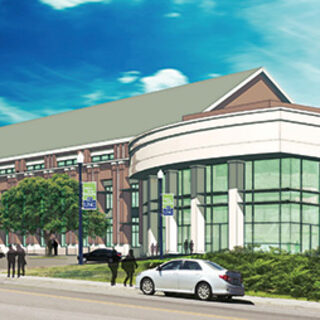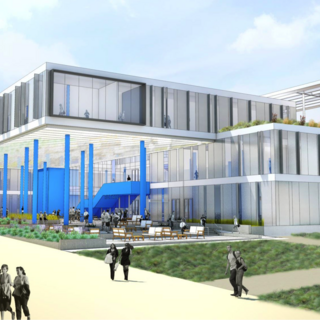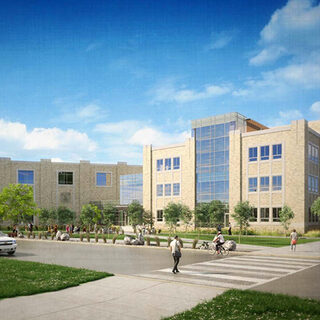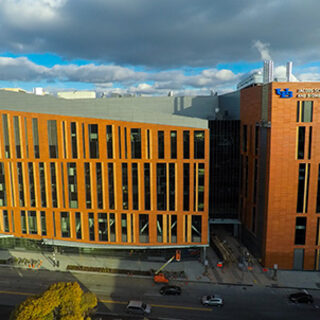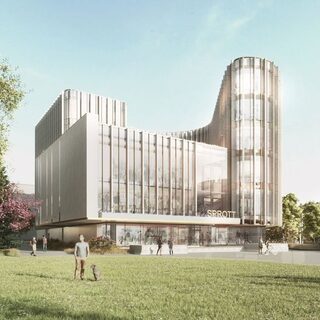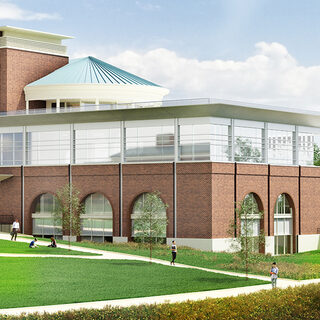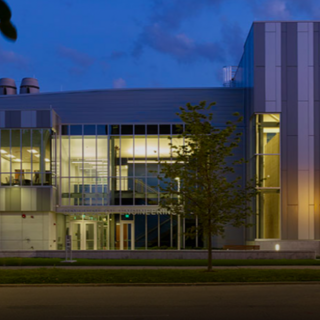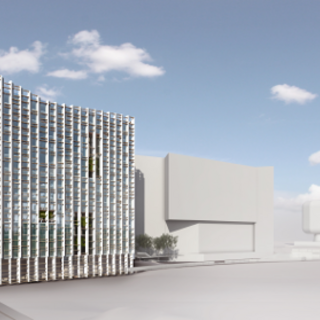University of Northern Colorado Builds Campus Commons
The University of Northern Colorado is building the $73.6 million Campus Commons in Greeley. Providing offices for student services and space for UNC's world-class arts programs, the collaborative 114,000-sf facility will include a 600-seat performance hall, a 400-seat multiuse auditorium, an art gallery, a ticketing office, and a café. Ground was broken on the project in fall of 2016 and completion is expected in fall of 2018. LEED Gold sustainable design certification will be sought for the facility.
